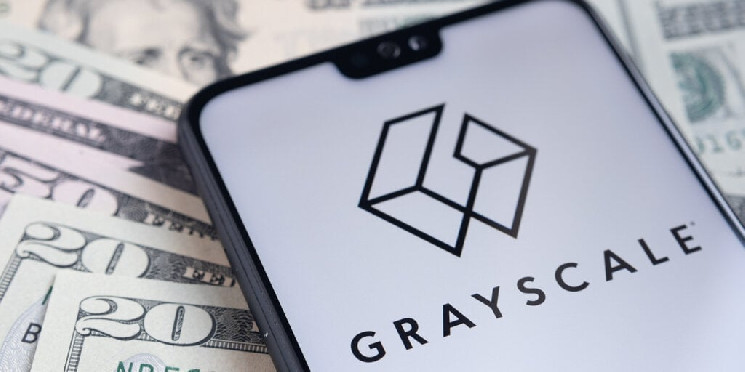Grayscale's transaction of $1.01 billion to Coinbase Prime on Wednesday prompted market participants to suggest Grayscale might be preparing for a sell-off to reinvest in another crypto, such as Solana.
Jon Campagna, managing partner at crypto hedge fund Nexyst Digital and formerly associated with Coinfund and Blackrock, dismissed these claims in a Tuesday post on X, saying Grayscale is unlikely to reallocate its Ethereum holdings.
It comes as Grayscale tipped 10% of its Grayscale Ethereum Trust (ETHE) holdings into its separate Ethereum ETF (ETH) on July 18, Campagna explained.
The new fund is expected to become active on Wednesday, with ETHE holders receiving their proportional ETF positions.
To facilitate the move, the asset manager transferred $1 billion, or 10% of their $10 billion AUM in ETHE, to Coinbase Prime, as announced a week earlier by Grayscale, Campagna wrote.
"What will be interesting is to see the outflows from ETHE as they refuse to lower their ... fee," Campagna said. "My guess is those outflows get recycled into inflows into the lower-cost ETFs, like Grayscale's own 15 basis point fee ETH ticker. Brilliant move by them as they quasi-guarantee more assets stay in-house this way."
"Grayscale is not lowering at all," Eric Balchunas, an ETF analyst at Bloomberg, wrote in a post to X on July 18. "This means they are ten times higher than competition." Grayscale is expected to maintain a 2.5% fee on ETHE.
While algorithmic trading firm Wintermute has indicated that the demand for Ethereum ETFs might be lower than expected, analysts remain optimistic about their debut on Wednesday.
Matt Hougan, chief investment officer at Bitwise Asset Management, has said Ethereum could reach as high as $5,000, Decrypt previously reported.
Ethereum has already begun to move higher, surpassing $3,500 on July 17 after a significant drop earlier in the month.
Grayscale is among several major investment firms, including BlackRock, Fidelity, and Franklin Templeton, preparing to launch Ether ETFs.
Demand for the funds is projected to be between $3.2 billion and $4 billion.
Edited by Sebastian Sinclair
 decrypt.co
decrypt.co
